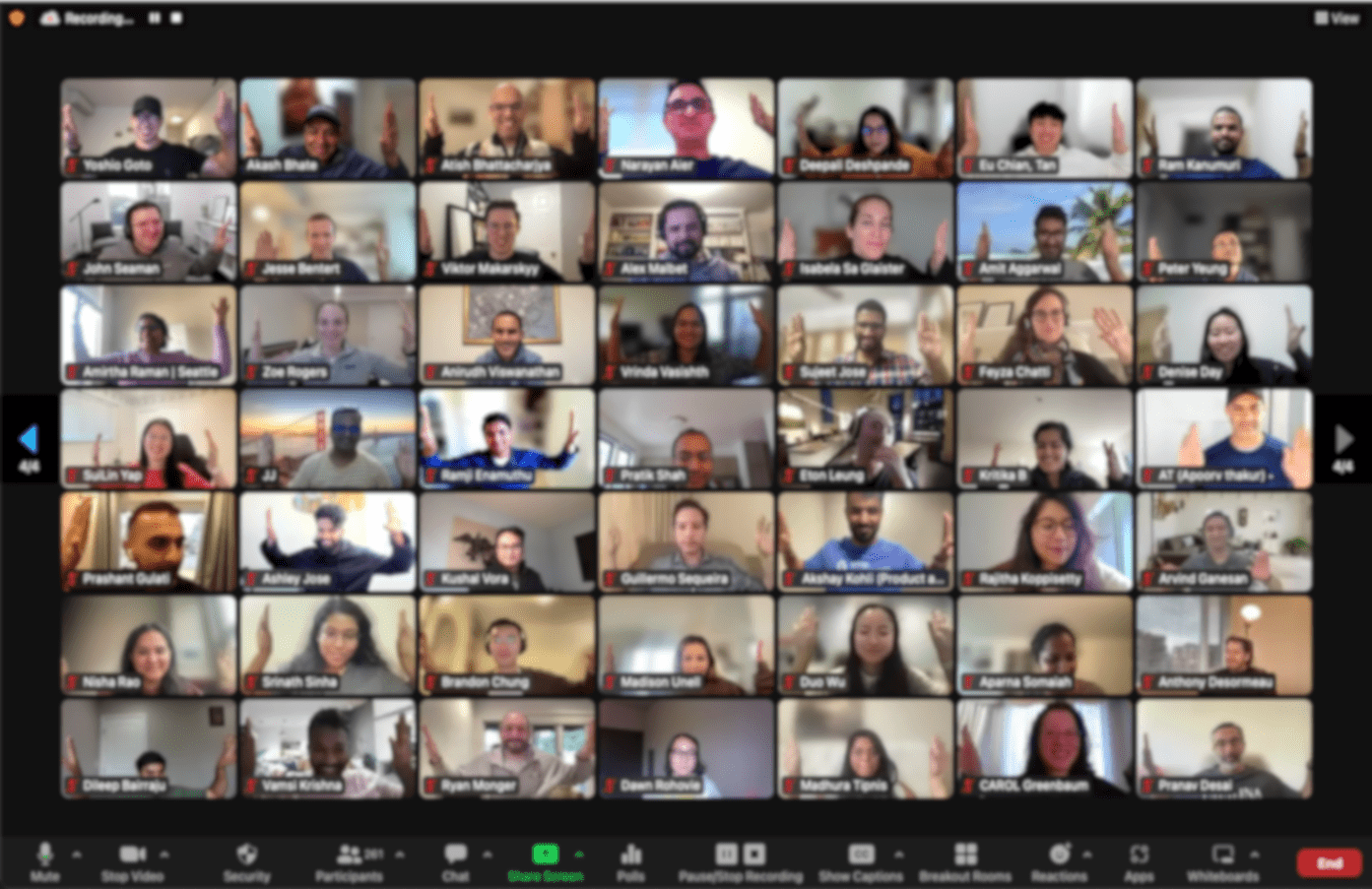Summary
Learn about common product roadmap mistakes and how to avoid them, ensuring a successful product strategy and execution in the competitive tech landscape.
A product roadmap is an essential tool for product managers, as it outlines the strategic vision, goals, and planned features of a product. However, creating an effective product roadmap is not without its challenges. In this guide, we will discuss common mistakes that product managers make when creating product roadmaps and offer advice on how to avoid them.
Mistake #1: Overloading the Roadmap with Features
The Problem
It's tempting to cram your product roadmap with as many features as possible, aiming to please stakeholders and cover all potential use cases. However, an overloaded roadmap can lead to unrealistic expectations, delayed timelines, and a lack of focus on the most critical aspects of the product.
The Solution
Instead, prioritize features based on their impact, effort, and alignment with the product's strategic goals. Use a prioritization framework, such as MoSCoW, RICE, or Value vs. Effort, to objectively evaluate features and ensure that the most valuable ones make it onto the roadmap.

Mistake #2: Failing to Align the Roadmap with Business Goals
The Problem
A product roadmap that isn't aligned with the organization's broader goals can lead to wasted resources and missed opportunities. It's essential to ensure that your product roadmap contributes to the achievement of overall business objectives.
The Solution
Work closely with key stakeholders and senior leadership to align your product roadmap with the organization's strategic goals. Ensure that your product's objectives, target audience, and key performance indicators (KPIs) support the broader business strategy.
Mistake #3: Creating a Static Roadmap
The Problem
A product roadmap should be a living document that evolves as the product, market, and customer needs change. Treating the roadmap as a static, unchangeable plan can lead to missed opportunities and an inability to adapt to shifting conditions.
The Solution
Regularly review and update your product roadmap to reflect changes in priorities, market conditions, and stakeholder feedback. Schedule recurring roadmap review sessions with your team and stakeholders to ensure that your roadmap remains relevant and aligned with the business' long term goals.
Mistake #4: Being Overly Optimistic with Timelines
The Problem
Overly optimistic timelines can result in unrealistic expectations, team burnout, and a loss of credibility. It's crucial to set realistic timelines for your product roadmap that account for potential delays and unforeseen challenges.
The Solution
When estimating timelines, consider factors such as historical data, team capacity, and potential risks. Use tools like buffer time and contingency planning to accommodate for uncertainties and ensure that your roadmap remains achievable and realistic.

Mistake #5: Ignoring Stakeholder Feedback
The Problem
Ignoring stakeholder feedback can lead to a product roadmap that doesn't address the needs and concerns of customers, team members, or other stakeholders. This can result in wasted resources, a lack of buy-in, and ultimately, a product that fails to resonate with its target audience.
The Solution
Actively seek stakeholder input throughout the product development process. Conduct surveys, focus groups, or brainstorming sessions to gather feedback on potential features and priorities. Make sure to consider diverse perspectives and weigh the pros and cons of each suggestion to make informed decisions.
Mistake #6: Not Communicating the Roadmap Effectively
The Problem
A product roadmap that isn't communicated effectively can lead to confusion, misalignment, and a lack of shared vision among team members and stakeholders. Clear communication is essential for ensuring that everyone is on the same page and working towards the same goals.
The Solution
Consider using tools like roadmap software or presentation slides to create a visually appealing and easy-to-understand representation of your product roadmap. Tailor your communication style to the needs of your audience, ensuring that everyone has the information they need to support the product's success.
Mistake #7: Focusing Only on Short-Term Goals
The Problem
Focusing exclusively on short-term goals can result in a product roadmap that lacks strategic vision and long-term direction. It's essential to strike a balance between addressing immediate needs and planning for the future.
The Solution
When creating your product roadmap, consider both short-term and long-term goals. Establish a clear product vision that outlines the overarching objectives and desired outcomes for your product over time. Break down this vision into smaller, achievable milestones that can be tackled in the short term while keeping an eye on long-term objectives.
Mistake #8: Neglecting the User Perspective
The Problem
A product roadmap that doesn't prioritize the needs and preferences of the end user can lead to a product that fails to resonate with its target audience. User-centricity is essential for creating products that meet customer expectations and drive success in the market.
The Solution
Incorporate user research and feedback into your product roadmap planning process. Conduct user interviews, surveys, or usability tests to gather insights into customer needs, preferences, and pain points. Use these insights to inform feature prioritization, ensuring that your roadmap is focused on addressing the most critical user needs.
Mistake #9: Overcommitting Resources
The Problem
Overcommitting resources to a product roadmap can lead to burnout, increased costs, and diminished returns. It's essential to allocate resources effectively and ensure that your team has the capacity to deliver on the roadmap's objectives.
The Solution
When planning your product roadmap, assess your team's capacity and available resources. Be realistic about what can be accomplished given the constraints of time, budget, and personnel. Prioritize features and tasks that deliver the most value with the least amount of resources, and ensure that your team has the support and tools they need to execute effectively.

Mistake #10: Failing to Iterate and Learn
The Problem
A product roadmap that doesn't evolve based on lessons learned and market feedback is unlikely to succeed in the long term. Continuous improvement and adaptation are crucial for staying competitive and delivering value to customers.
The Solution
Adopt a culture of experimentation and learning within your product team. Encourage team members to test assumptions, gather data, and iterate on their work based on the insights they uncover. Use this feedback loop to refine your product roadmap and ensure that it remains aligned with customer needs, market conditions, and business objectives.
By avoiding these common product roadmap mistakes and following the recommended solutions, product managers can create effective, user-centric roadmaps that drive success in the competitive tech landscape.
Related Courses
Survival Metrics: Prioritization for Product Managers
Learn a survival-metrics system that turns roadmap anxiety into clear, defensible stop / pivot / invest decisions.
AI Product Strategy Certificate for Leaders
AI is decimating old business models overnight. Go beyond demos and learn the frameworks to build a lasting competitive moat and win.
Product Strategy Workshop
Use the step-by-step approach I developed at Netflix to craft a product vision, align around strategy, and hold product teams accountable.
One Week Product Roadmap
Learn how to cut through the noise, prioritize for outcomes, align stakeholders, excite teams, and start executing in just 7 days.
You might also like

Best Product Management Courses in 2023

Product Management in 2023: An In-Depth Guide

The Ultimate Guide to User Acquisition for Product Managers

